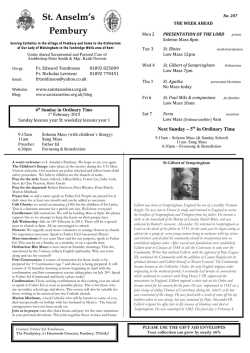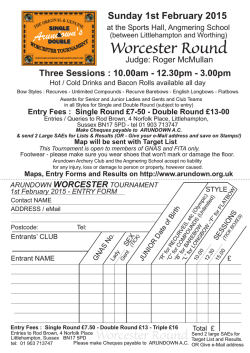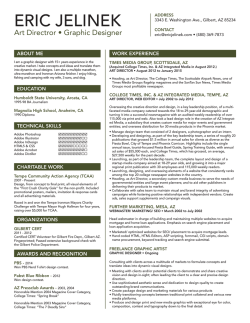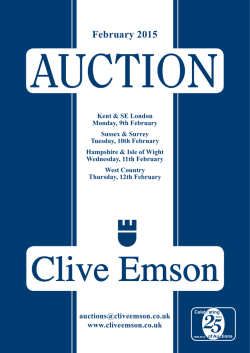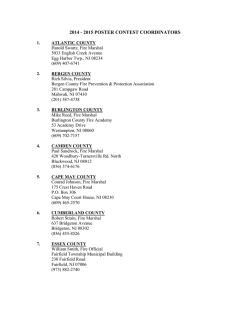
! Pastillas Para Epiphone Casino
The Forecastle Report, July 2010 Building A Navy Board Model of HMS Sussex 1693 By Gilbert McArdle, M.D. Distributed by: Sea Watch Books, LLC, Florence, Oregon www.seawatchbooks.com, [email protected] F or many years now, the English 3rd Rate Ship of the Line, which was the workhorse of the Royal Navy during the 18th and early 19th centuries, has been a popular subject for plans, books, and kits. However, little, if anything, has been devoted to their predecessors, which came into being during the late 17th Century. Gilbert McArdle’s latest work, Building a Navy Board Model of HMS Sussex, 1693, offers the model ship Research indicates that her Admiral also had a more pressing mission; to pay a large sum of money to the Duke of Savoy for his allegiance to Britain in the war then raging with France. The Sussex may have been carrying as much as 10 tons of gold coin in her hold when she sank. It’s estimated that this amazing quantity would be valued in the billions today. A year later, England would make another attempt to ship the money to Savoy - but it was too late. The Duke had supposedly ac- Photo by cepted a French of- Gilbert McArdle fer, and changed sides. His defection would bring the war to an end in a stalemate. The political ramifications, and loss of such a large sum of money caused the English government to question the stability of the Sussex and her sisters. The Admiralty eventually deemed this class too small for the weight of canons they carried, and the building of an additional seven ships was cancelled. McArdle feels that history has misjudged these vessels. Sussex was the only ship in the class to be lost in heavy seas, and other 3rd rates built as part of this program served until 1718, which was acceptable for a wooden ship. Photo by Gilbert McArdle builder an opportunity to construct a truly unique example from this turbulent period in English history. HMS Sussex was one of thirteen 80 gun vessels built during the last decade of the 17th century. Her career would be a short one, less than a year, but her loss would have a far reaching impact on the course of European history. In what would be her first, and last, meaningful voyage, the Sussex foundered in a violent storm while escorting a convoy to the Mediterranean. There are a number of things that set HMS Sussex, 1693 apart from other works. First and foremost is the fact that it was not developed from Admiralty draughts. Mr. McArdle was given access to a contemporary navy board model now on exhibit in the Rogers Collection at the US Naval Academy Museum. He was able to take off the lines and document every detail. Supposition was used only where construction methods were hidden from view. McArdle also points out areas where 300 plus years may have taken it’s toll on this elegant model. Supposed missing components are noted, and options for their replacement are offered. The author also states that Navy Board Models did not always reflect actual ship building practice in areas not pertinent to evaluating the characteristics of the proposed vessel. A good example are the rudder’s simplified gudgeons and pintles. The Forecastle Report, July 2010 With 265 photos and drawings, needless to say, HMS Sussex, 1693, is a well illustrated book. McArdle uses this to good advantage as he describes each segment of his model’s construction. In many cases the building of subassemblies is brief and to the point. Information includes dimensions, type of material, and any required procedure not evident in the photo or illustration. Photo by Gilbert McArdle Where necessary, McArdle goes into more detail. This is the case with the unique style of framing, which was a salient feature on navy board models. In spite of the fact that a full set of frame drawings are supplied with the book (more on this later), early illustrations and text describe how the shape of the floor timbers and futtocks are developed from the body plan. In each case, the frame segments are cut oversize by as much as 3/8” inboard and outboard to compensate for their contours going fore and aft. The frames are then assembled, and final shaping takes place. Photo by Gilbert McArdle Arguably, the most challenging areas on a model of this type are the bow and stern. In spite of the stern’s complexity, McArdle does a very nice job of breaking down the fabrication of the counters, numerous window assemblies, transom and quarter galleries. However, it’s the bow that offers the greatest challenge. McArdle states that “It is truly a tangle of three-dimensional involution.” The author does a gallant job of trying to simplify fabrication procedures, and shares his successes as well as failures with Photo by Gilbert McArdle the reader. In fact, throughout the book, McArdle makes every effort to make the builder’s task as painless as possible. A good case in point are the many baroque figures the Sussex contains. Unlike his previous models where they were all carved, McArdle’s Sussex contains resin castings where duplication is feasible. Gun port wreathes are a good example. This saves a substantial amount of time, and once painted, they are indistinguishable from the master. The book contains two appendices. The first is a reprint of an article, which appeared in the Fall, 2003 issue of the Nautical Research Journal. It describes the devices used by the author to take lines off ship models. The second features photos of the Naval Academy Museum model, as well as McArdle’s completed Sussex. Without a doubt, the “pièce de résistance” of this book, is the companion set of plans, which were created by Gilbert McArdle. Conveniently Photo by Gilbert McArdle stored in a pocket at the back of the book, fifteen sheets are drawn to a scale of 1:48, while two bonus sheets also depict all the frames at 1:96. Unlike so many “anatomy books”, the author and publisher are to be applauded for providing us with plans that are actually useable! It was noted that HMS Sussex, 1693 does have some editing issues. On four occasions, references are made to illustrations that have been omitted, and as many incorrect references to figures also occur. In each case, the errors have little impact on one’s ability to interpret this book. Gilbert McArdle and Bob Friedman at SeaWatchBooks, LLC are to be congratulated for providing us with a truly remarkable work about a beautiful and historically important ship, HMS Sussex. Reviewed by Bob Filipowski
© Copyright 2026
![Anthropology Seminar Series Spring 2015 [PDF 30.87KB]](http://s2.esdocs.com/store/data/000459047_1-7d84377bc849fc78a9376de82c187a04-250x500.png)
